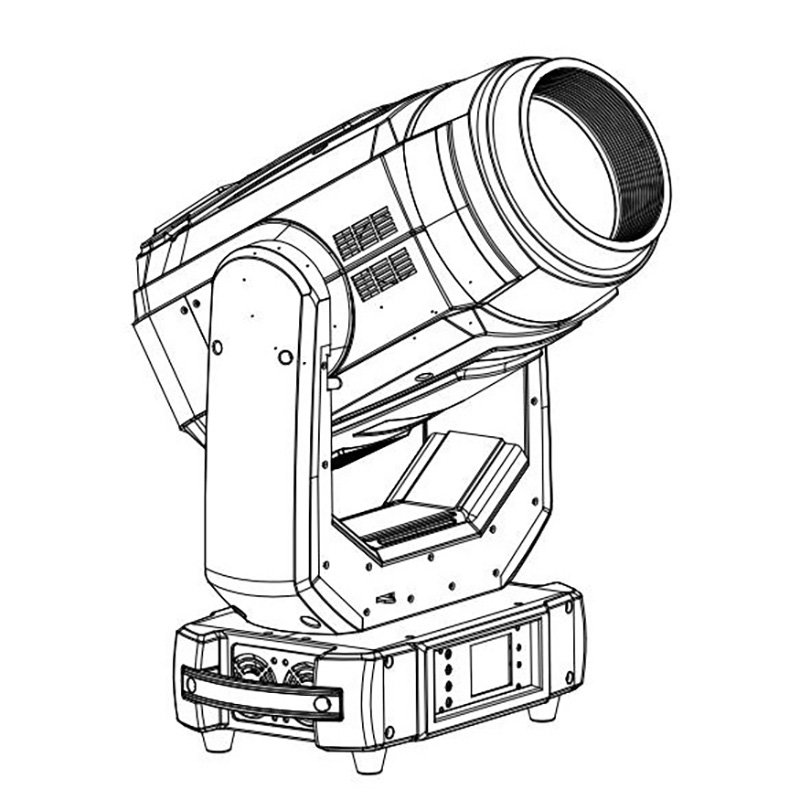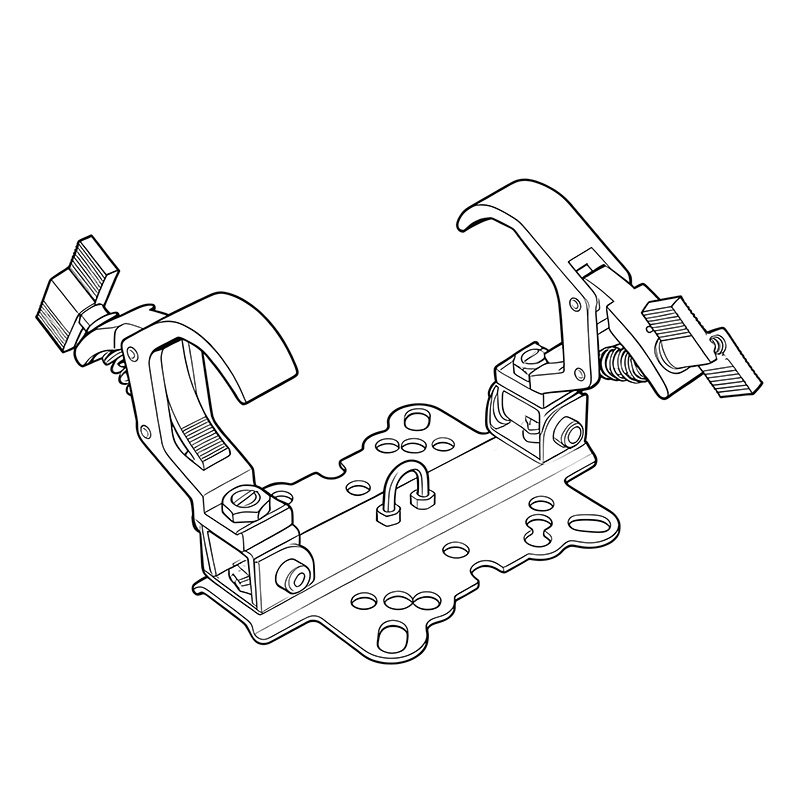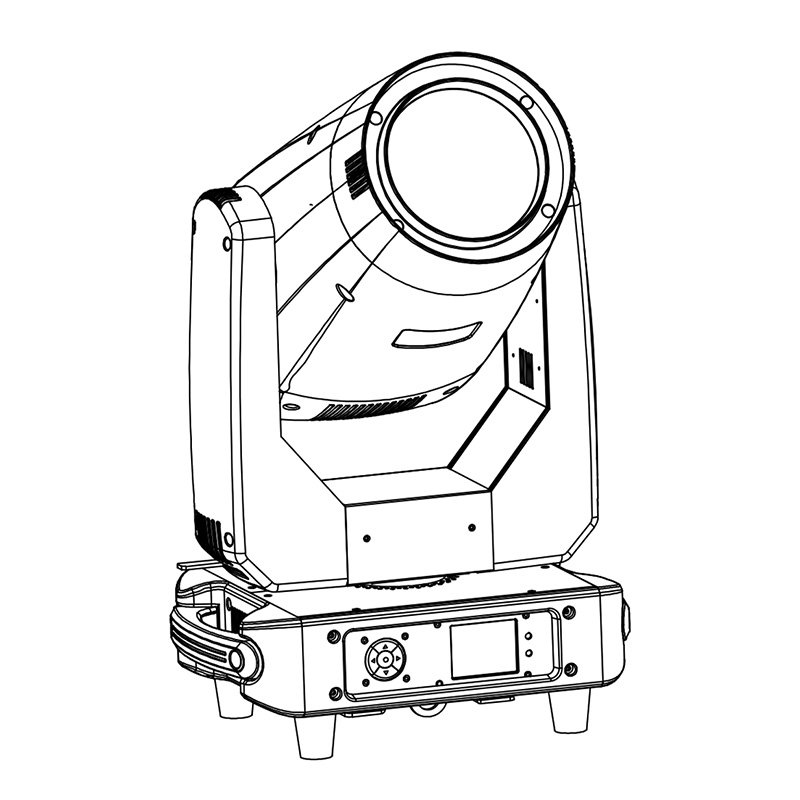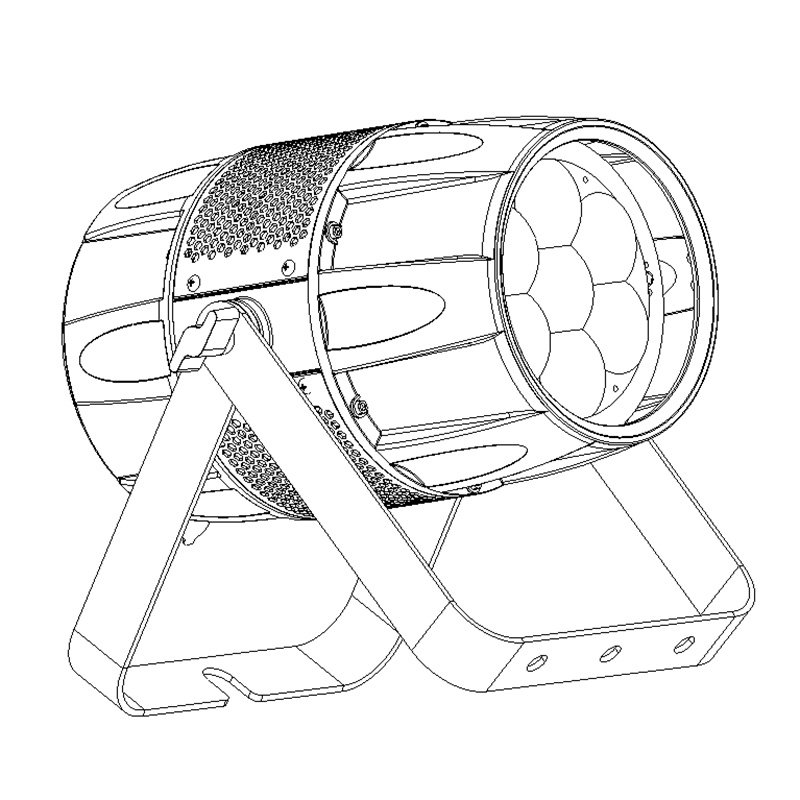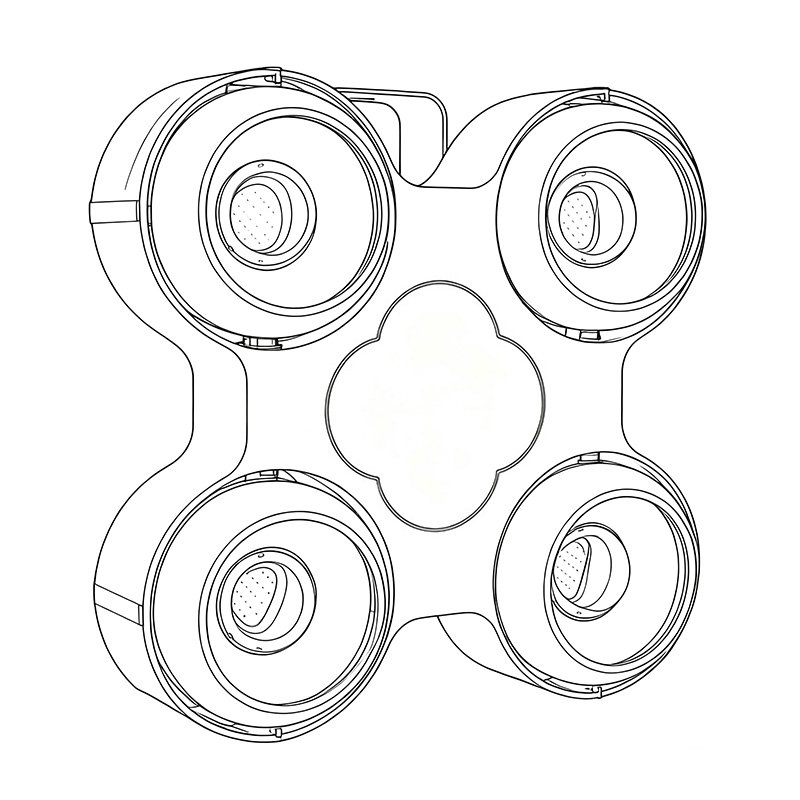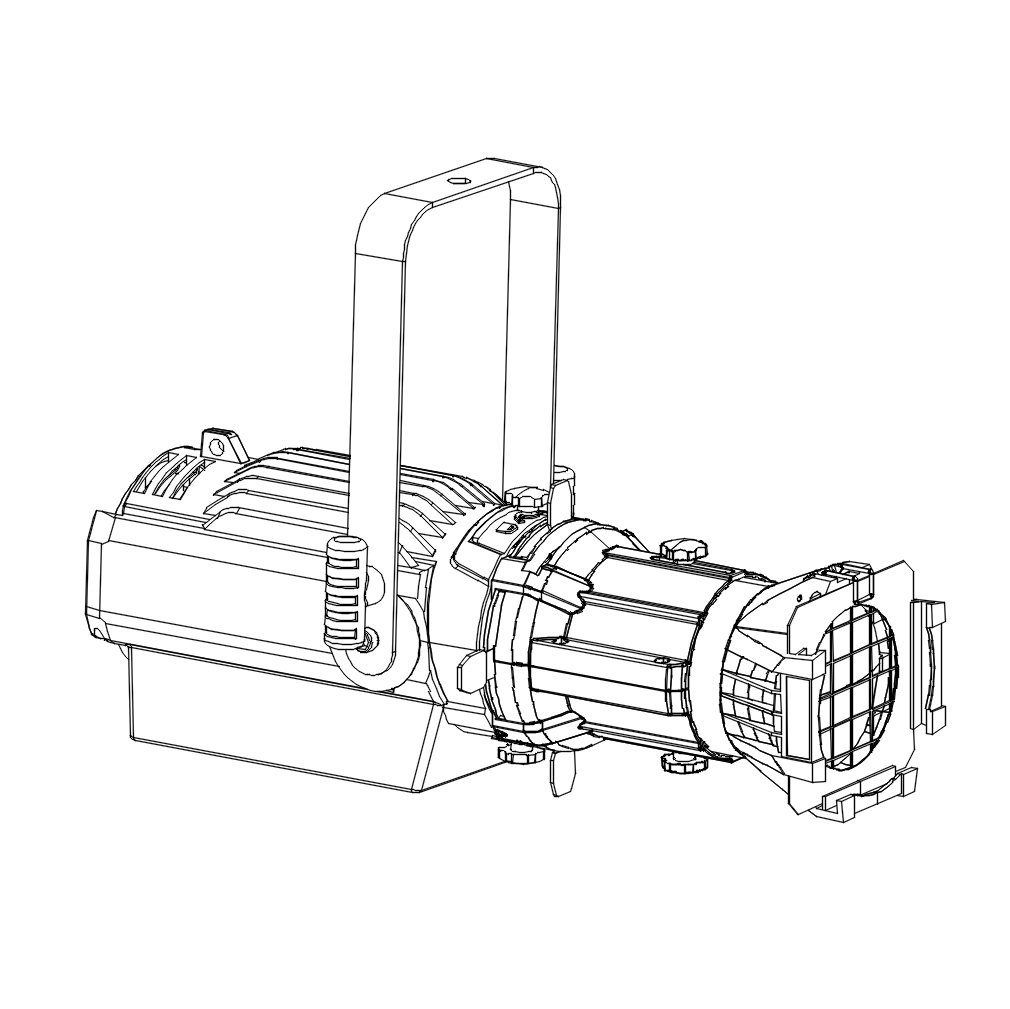A moving head light is also called moving head,moving light, moving stage light or stage moving head, is a type of stage lighting fixture used in many different settings.

From theater to concerts, this type of lighting can be seen illuminating the stage and performers with beautiful beams of light. It often has an ability to zoom out or in for more precise control of light direction, but it also provides some disadvantages that you should know about before deciding on which lights are best for your needs.
This blog post will guide you to know the basics moving head light, explore what a moving head light is, how they work, their pros and cons, as well as provide guidance on how to choose the right one for your needs!
1. What is a Moving Head Light
A moving head light is a type of and intelligent lights fixture used in many different settings. From theater to concerts, from night clubs to music festivals, this type of lighting can be seen illuminating the stage and performers with beautiful beams of light. It often has an ability to zoom out or in for more precise control of light direction.
Structure of a moving head light
Normally a moving head is separated intwo 2 parts - the base and the head.

The base is the general point of contact where everything connects to. The front of the base is with display and buttons that allow for manual control options. The back is with connections of power, and dmx signals, and sometimes RDM or artnet connection. And whe it is hung up-side-down, there is also brackets attached to the base so that clamps can hang it safely to the truss.
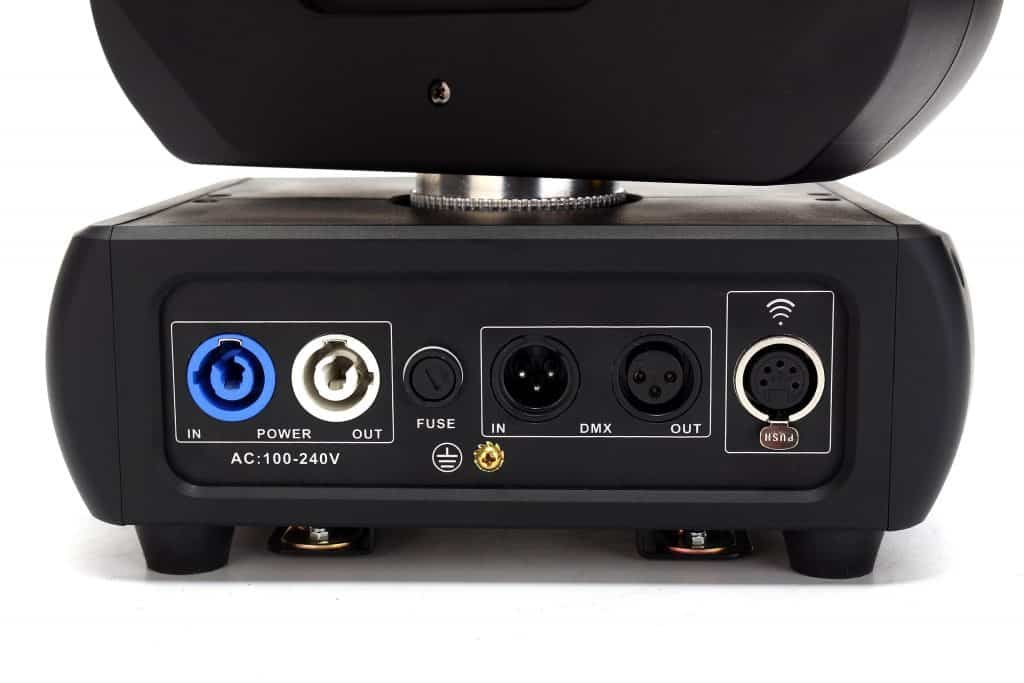
The head is the mounted light fixture that sits on top of the base, and it's where all the magic happens!
This part is for the movement that actually contains all the lenses, pan and tilt motors, color mixing area and gobo projection or other functions. It usually has a rotation around axis that goes vertical up-down (tilt), left-right (pan) and rotates in circle horizontally(rotate). The ability to rotate depends on fixture type - some are rotating only in one direction while other have both pan & tilt motorized with unlimited 360 degree rotation. This is why it's called moving light.

One thing to note about these type of lights - they are called intelligent lighting fixtures because they have a ability to be programmed with different scenes or 'modes' for every show using DMX 512 protocaol, which allows them to save each mode as one setting in their memory bank so there are no fumblings during setup time when needing to use DMX signal cables.
2.The category of moving heads.
Based on the light source, it's classified into discharge lamp moving head and led moving head.
- Discharge lamps power range from around 100W to 2000W for moving head lights, it's the most common light source for this type of fixtures.
- LED moving head lights, on the other hand, is a newer version with much more efficient and brighter LEDs that provide brilliant color mixing at lower wattage than discharge lamps - typically within 10W to 1000W range.
- And there are mainly two types of LED moving lights: RGBW color mixing lensed stage lighingt & white beam Moving lights , which contain one powerful white LED lamp source.
- And there are also new generation of new source- Laser moving head light. cially, the laser moving head light is a combination of LED and Laser in one fixture.
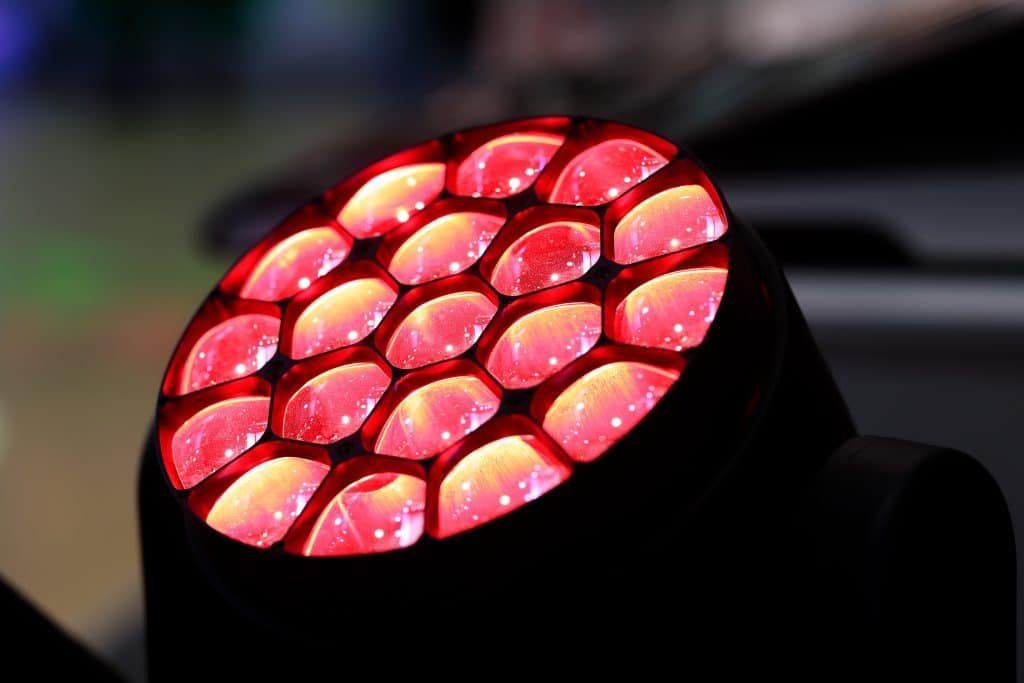
Based on the function, it can be classified into Beam, Wash, Spot, and Profile or Hybrid stage lights.
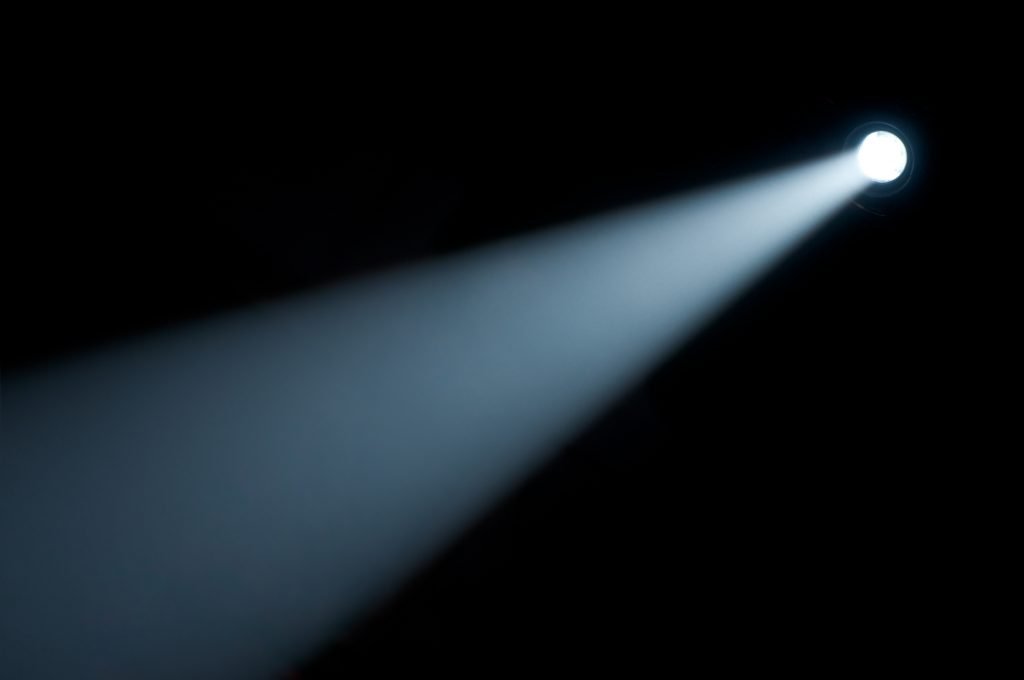
- Beam lights - it's a more focused beam of light for creating certain effects such as beams or shafts on the stage. It's usually with a strong light output to shine on the stage.
- Wash lights - this type of moving head light has wide beam angle range that can cover larger area for general stage lighting needs, like wash fixtures, they are more spread out and softer in their coverage area to create general lighting inside the scene. With the progress of software and hardware, wash lights are now more and more rich effects, in addition to a large angle zoom in and out, there are many other features, such as effects, pixel mapping, greatly enriched the stage background effect.
- Spot lights - It usually contains gobo wheels, which is a metal disc with patterns cutout of the edges, and these gobos can be projected out of the light fixture to create different interesting effects.Sometimes it contains more than one gobo wheel to create more effects.
- Profile lights - This is an advanced version of intelligent fixtures based on the spot lights. Besides the gobo wheels and animation wheel, they have built-in framing shutters, that can be programmed to project a specific shape of gobo on the stage.
- Usually a profile moving head light is a hybrid moving light, which means it can be used in any way you like - either with beam, wash and spot functions or profiling shapes.
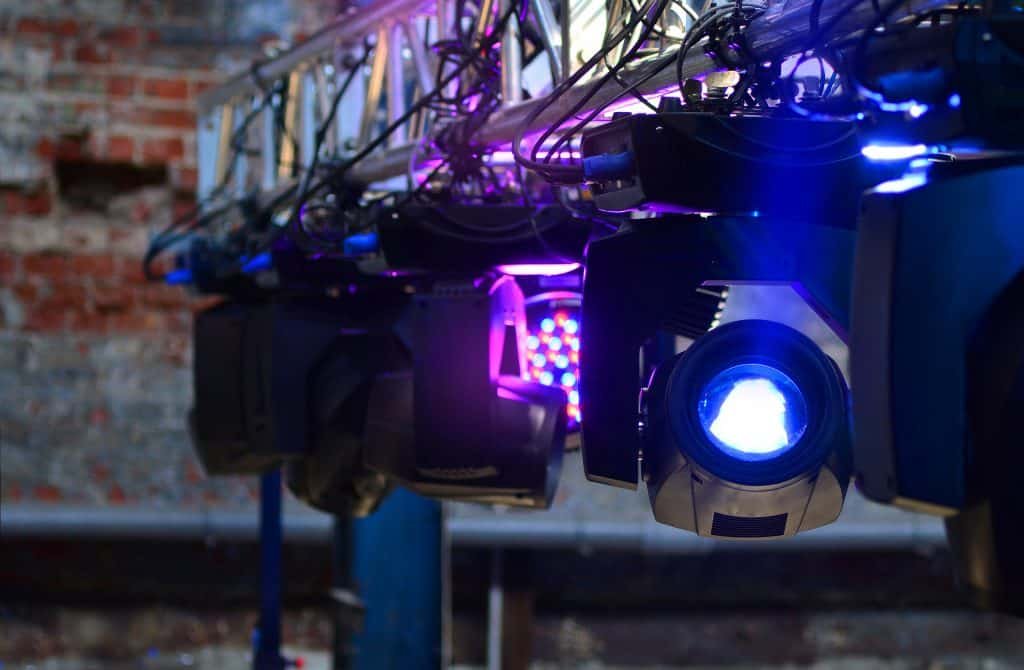
Based on the use of environment, it can be classified as indoor and outdoor stage lighting.
- Indoor moving lights. As the name suggested, it means they are used for indoor applications, usually marked as IP20.
- Outdoor moving lights, which marked as IP65 or 66. They are designed with stronger metal or aluminium housing and more protection to survive in outdoor environment. Now more and more theme park and top buildings, such as the Burj Khalifa in Dubai, use more and more outdoor stage lighting.
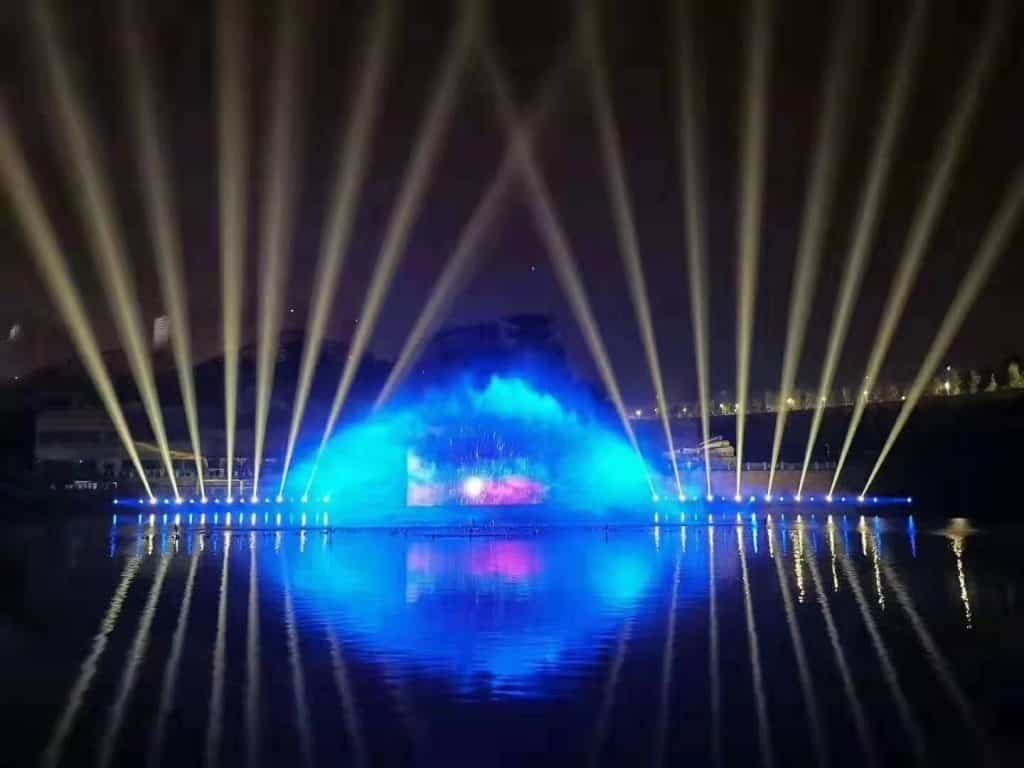
3. How do moving lights work
Usually there are 5 ways to control a moving head light. They are manual, automatic program running, sound activated and DMX 512 control and wireless cotnrol.
Manual control
This is the simplest way to operate. You can control the moving head light via the display of the fixture .
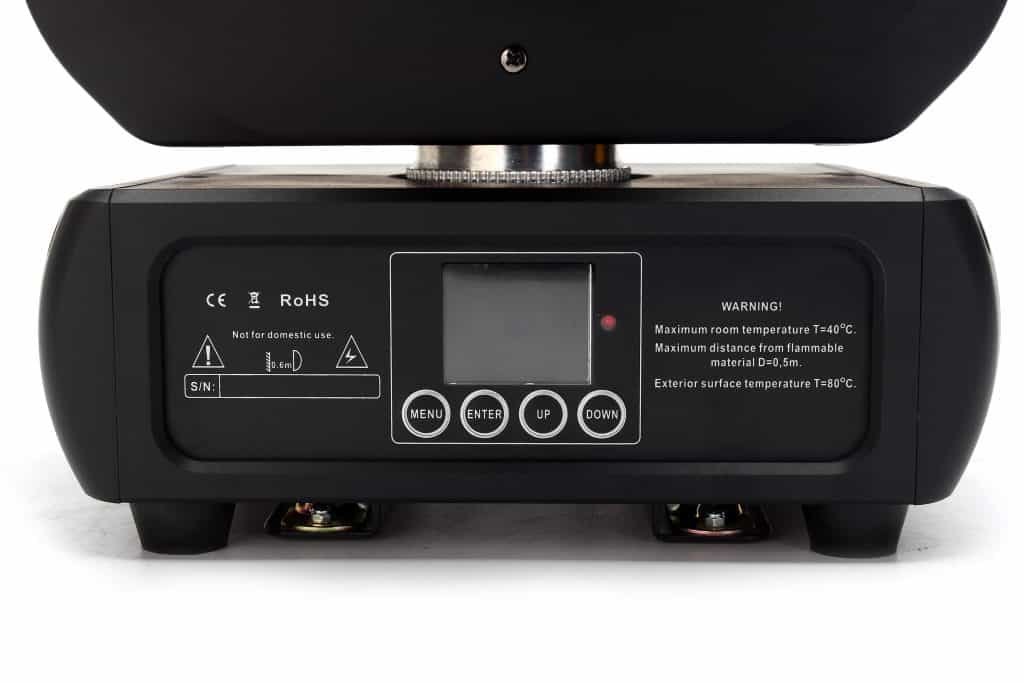
Automatic program running
The preset program on the fixture will play automatically. For example, if you choose the color change mode on the fixture, it will run through all colors one by one automatically and then stop at last color after finished running all programs .
Sound activated
This is another way to operate a moving head light. It can detect sound signals in certain frequencies via microphone , so when there are sounds detected by this function, moving head light starts up or changes its modes according to your settings of different functions.
DMX 512 control
DMX 512 control mode would required and expert of professional lighting designer or technician. DMX512 protocol is a communication method, which allows the moving head light to be controlled by other devices such as lighting desks or controller via DMX signal cables . The way of setting up all functions and programs for this type of control mode would require more knowledge about the professional stage lighting system. With DMX 512 control, you could preset the lighting programs of all the lights on the stage via the lighting desk or software.
Wireless control
Wireless control is actually an advanced way based on the DMX controlled. The way to control the light through wireless control, you can get rid of all the DMX cables. All you need is a DMX transmitter and receiver. The transmitter will send the data to the receiver and then it will be processed. The data can be sent directly or through wireless signal, which would be more expensive but more stable, especially when there are obstacles in between. You can preset programs on the light before transmitting them wirelessly so that they run automatically when you turn on the light.
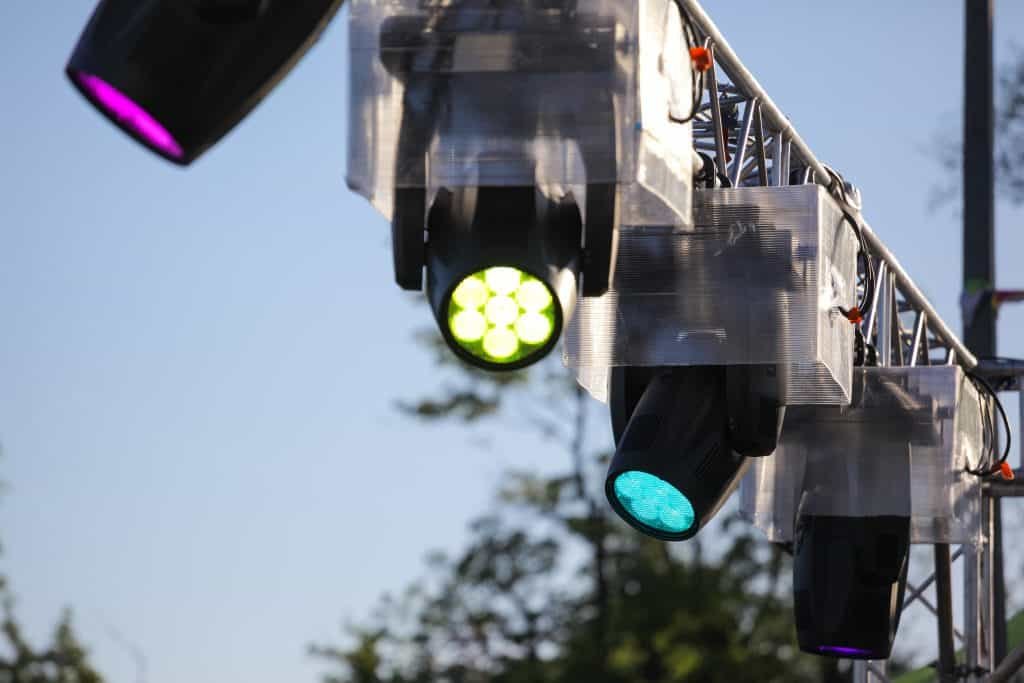
4. How do you maintain a moving light?
Daily Maintenance
As the lighting fixtures are ususally used with the stage effect machines, such as fog machine, hazer and bubbles machines, those stage effece machines would produce mist all over your lighting fixtures. So to avoid this issue, please follow the below procedure to do the daily maintenance:
To open the fixture, simply unscrew the four screws at the corners of case and remove the lense and frame. Notice: Please make sure you turn off the power before you open the lighting fixture.

Daily maintenance:
1) Turn off power supply and wipe down the lights with a cloth to clean up dust.
2) Check if any part has gone out, including lamps, ballasts, connectors, etc.
3) Change all lamps and filters as soon as they burn out or if their light becomes weak.
Maintaining fixtures in a proper way is very important to the safety and performance over time, please follow these guidelines to maintain your fixture from time to time.
Common Failaure&Solution

These are a few of the most common problems that can occur with moving headlights
- Lighting fixture no response - when you turn on power supply and the fixture is not responding. 2) Check if the power connection has been made correctly to the fixture. 2) Check the built-in power supply(transformer) is working properly or not.
- No reponse to DMX controller - 1)Check the dmx cable signal connection. 2) Make sure the lighting library is patching with the light. 3) Check the display board is working properly or not.
- No light output- If your moving head light is not emitting any lights , the problem might be 1)the light source, lamp or led chip burnt.; 2)ignitor(led driver) broken down; 3)the pcb boards broken down.
- Not changing color/gobo not responding properly- The common reason for this issue would be because there are 1)no signals coming in; 2)check the sensor of the color/gobo plate; 3) Check the motor of the color/gobo plate
- Pan/Tilt not working properly- 1)check the connection between motor and pcb board, next step check if there are signals coming in or not; 3) Check the belt is loosing or not.
In short, if you encounter a quality problem with your moving heads, it is best to consult an experienced expert or seek help from the manufacturer. Even if the lights look similar in appearance, the software of each factory is different. If the problem is the PCB board, you must use the original PCB board provided by the factory, otherwise, the software does not match, it is also impossible to fix your lights.
5. Considerations for purchase
There are many different types of moving head lights in the market.
For example, there are low cost ones for beginners to use which have functions such as auto running and sound activated modes; high end lighting fixtures would cost higher but they have more functions and are often capable of creating more effects. There is no perfect type of fixture , different lighting designer has different needs for their own applications. Your choice of moving head lights would depend on how you are going to use them and your budget .

If you need the fixture only for occasional purposes, buying low cost ones is fine or just rent from a local market; if it's intended as a professional or main light source in some production , high end lamps with all functions will be good for your choice.

Before you make a decision , please consider carefully and ask yourself what functions do I really need? How much am I prepared to spend on this lighting fixture? What kind of lamps or bulbs can my moving headlights run with? Then figure out the answers from thereon, making an informed decision will help you get better value in the long run.

If you are new to this, please consult your lighting designer or the person who is in charge of stage equipment before making a purchase decision. You can also refer to relevant product manuals for further guidance on how to use it and maintenance guide so that you could take good care of them properly . It would be awesome if there's someone who could share their experience with you to help you make the right choice.

